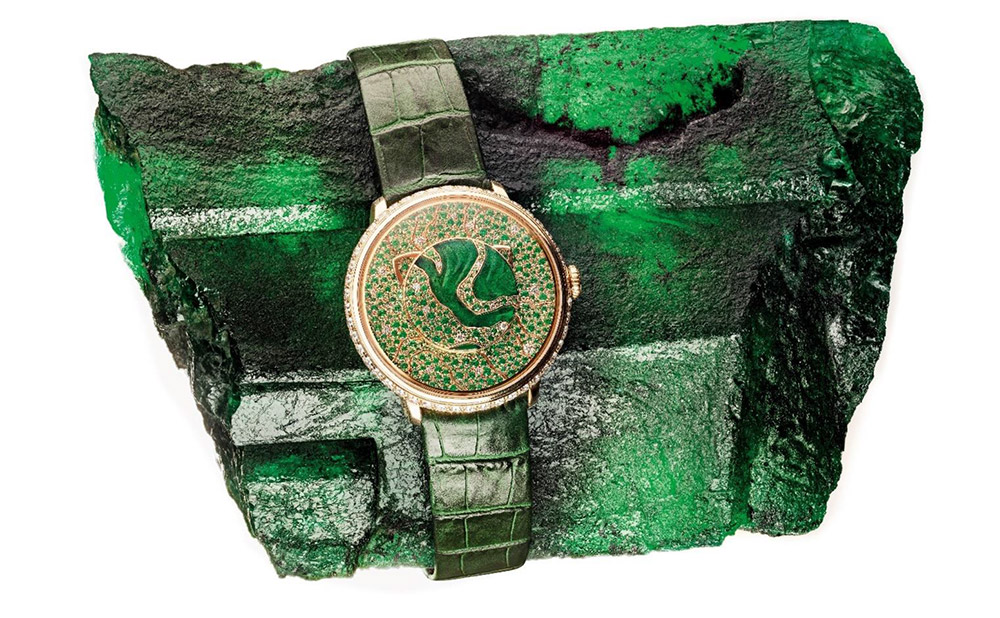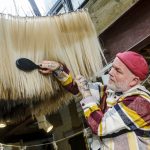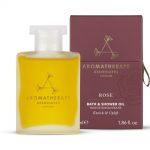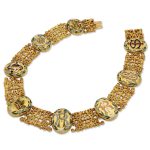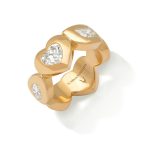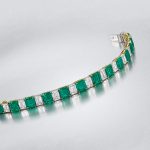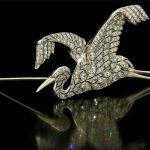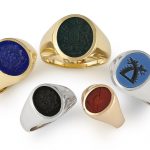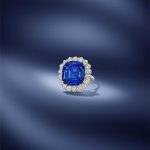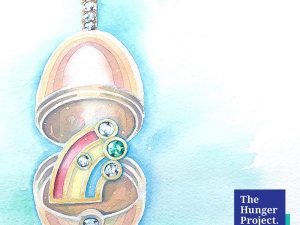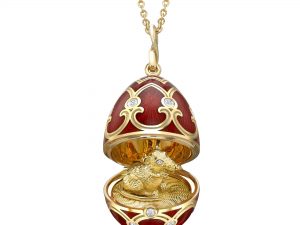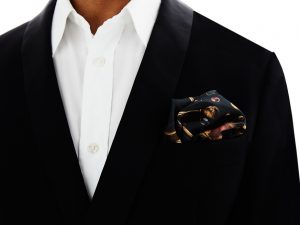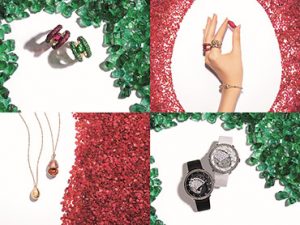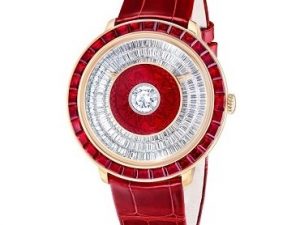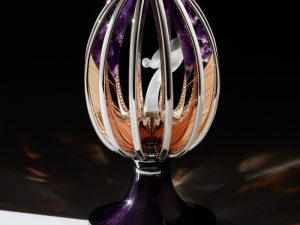FROM Cleopatra to Catherine the Great and the Indian Maharajahs, the rich and powerful have always craved and collected emeralds. And while they have never gone out of style, the opulent green stones – 20 times rarer than white diamonds – are set to enjoy particular popularity this May as the month’s birthstone. Indeed, e-commerce site Etsy recently announced ‘birthstone engagement rings’ as one of their breakout wedding trends for 2019.
To celebrate the month of the emerald, Gemfields, the world leading supplier of responsibly sourced coloured gemstones, has put together some fascinating facts as well as a guide on how to buy emeralds this May.
Emerald Facts:
- Emeralds were first discovered 5,000 years ago.
- Their incredible colour comes from trace amounts of chromium and/or vanadium. Owing to chromium in its chemical make-up, the emerald appears to give off light. They even have their own ‘emerald cut’ named after them.
- The Romans believed emeralds – the most ancient of which are nearly three billion years old – could revitalise the soul of those who wore them. Several Middle Eastern cultures thought them a defence against snake bites.
- In other folklore, putting an emerald under your tongue could help you see the future. They were also believed to act as a diviner of the truth – helping decide whether a lover’s vows were true or false.
- Later, the European aristocracy stoked demand, cementing them as status symbols among the rich. When Princess Mary, the younger sister of King George VI, wore an emerald engagement ring before her wedding in 1922, women around the world wanted the green gems for their own jewellery.
- In 2011, an emerald pendant brooch made by Bulgari and purchased as part of a set by Richard Burton for Elizabeth Taylor in the Sixties, while they were filming Cleopatra, was sold for $6.5 million by auctioneers Christie’s, smashing its original estimate.
- Indeed, such is their rising popularity that emeralds have been fundamental to recent collections by many leading jewellery designers and luxury brands, including Chopard, AYA (left image), Backes & Strauss (centre image) and Kimberley McDonald (image right).
- One of the largest emeralds recently discovered is the ‘Lion Emerald’ – a 5,655 carat Zambian emerald crystal with remarkable clarity and a perfectly balanced golden green hue (see below). The naming of uncut emeralds is a tradition reserved for the rarest and most remarkable gems.
- Responsibly sourced, the Lion Emerald was discovered by Gemfields in Kagem, the world’s largest emerald mine, in October 2018. Emeralds from this mine were formed some 450 million years ago.
How to buy emeralds
Jewellery expert Joanna Hardy, co-author of the book Emerald: Twenty-One Centuries of Jewelled Opulence and Power (Thames & Hudson, 2013), explains how to buy emeralds:
- If it is a significant gemstone you are purchasing, then there must be transparency on treatments of any kind, so it must be accompanied by a report from a recognised, independent gemmological laboratory.
- What you are looking for is an evenness of colour with good saturation; tilt the stone in all directions as sometimes the colour can look vacant along some angles. Also, if possible view the stone in daylight so you don’t get a surprise when you take the stone away from the shop light source.
- The cut of the stone is important, for this will also make the gemstone come alive. Coloured gemstones often have inclusions (natural features) within the stone and these are part of their DNA.
- Rarity means value: the clearer the stone the more rare it will be, but do not worry about the inclusions as these are what make your emerald unique. You will never get two emeralds looking the same.


